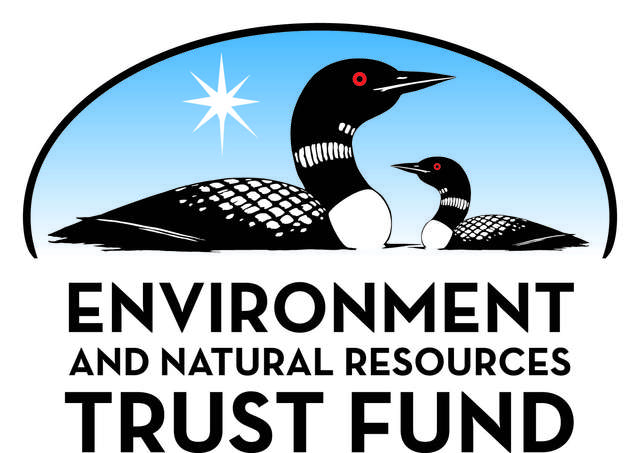MnSTA Collected Science Links
We have something here for whatever science you teach!
All links are organized by category.
Top > Chemistry
Chemistry
Web Resource
Lesson plans from the American Chemical Society.
Resources from the American Chemical Society (ACS)
- ACS Chemistry Education Resources for Elementary and Middle School teachers https://www.acs.org/content/acs/en/education/resources/k-8.html
- ACS Chemistry Education Resources for High School teachers https://www.acs.org/content/acs/en/education/resources/highschool.html
- ACS Recommendations and Guidelines for Teaching Middle and High School Chemistry Including sections on: The Classroom, The Laboratory, Core Concepts (aligned with NGSS), Safety, Strategies and Professional Development. https://www.acs.org/content/acs/en/education/policies/middle-and-high-school-chemistry.html
- Minnesota Regional ACS Chapter https://www.mnlocalsectionacs.org/
- ACS Hach – High School Chemistry Grant. Teachers can request up to $ 1,500 to be applied toward Laboratory Equipment and Supplies, Instructional Materials, Professional Development and Student – Conducted Field Studies. The deadline April 14, 2021. https://www.acs.org/content/acs/en/funding-and-awards/grants/hachhighschool.html
- American Association of Chemistry Teachers (AACT) Annual $ 45 membership provides a subscription to Chem Matters magazine and numerous online resources including lesson plans and lab activities. https://teachchemistry.org/classroom-resources
- Science Coaching Members of the AACT are eligible to apply for this program. An active or retired chemist is paired with a high school chemistry teacher. Partners meet at least six times during the year. Topics are set in collaboration. Participating teacher’s school receives $ 500 toward science education. https://www.acs.org/content/acs/en/education/outreach/science-coaches.html
- Chemistry Shorts is a new series of brief (less than 10 minutes) films that spotlight innovative ways that chemists and chemical engineers are working to solve important problems and create opportunities. Each film is accompanied by a lesson plan that offers suggestions oh how to integrate it into the classroom. https://chemistryshorts.org/
Chemistry Matters is a new digital series for high school chemistry from Georgia Public Broadcasting. It is designed to help students who struggle with the concepts of chemistry and to provide resources for teachers of all levels, especially those who may be teaching chemistry for the first time.
Learn about the chemical groups, electrons, properties, and more of the elements of the Periodic Table.
This simulation provides practice in building Lewis Dot Structures from atoms and ionic compounds from the component ions. Small screen devices such as tablets and smartphones are not recommended for this simulation.
My Molecularium is a fun and challenging molecule building game. Launch atoms at target bond sites to assemble essential molecules of increasing complexity and difficulty. Move your device to direct your shots using our innovative laser-guided aim.
Have fun learning about molecules as you play.
SIX of the best Periodic Law / Periodic Table teaching/learning tools and resources FREE!
The Mystery of Matter: Search for the Elements is a multimedia project about one of the great adventures in the history of science: the long (and continuing) quest to understand what the world is made of – to identify, understand and organize the basic building blocks of matter. In a nutshell, the project is about the human storybehind the Periodic Table of the Elements.
The centerpiece of the project is a three-hour series that premiered Aug. 19, 2015 on PBS. The Mystery of Matter introduces viewers to some of history’s most extraordinary scientists: Joseph Priestleyand Antoine Lavoisier, whose discovery of oxygen—and radical interpretation of it—led to the modern science of chemistry;Humphry Davy, who made electricity a powerful new tool in the search for elements; Dmitri Mendeleev, whose Periodic Table brought order to the growing gaggle of elements; Marie Curie, whose groundbreaking research on radioactivity cracked open a window into the atom; Harry Moseley, whose investigation of atomic number redefined the Periodic Table; and Glenn Seaborg, whose discovery of plutonium opened up a whole new realm of elements, still being explored today.
The Mystery of Matter shows not only what these scientific explorers discovered but also how, using actors to reveal the creative process through the scientists’ own words, and conveying their landmark discoveries through re-enactments shot with replicas of their original lab equipment. And knitting these strands together into a coherent, compelling whole is host Michael Emerson, a two-time Emmy Award-winning actor best known for his roles on Lost andPerson of Interest.
The AACT high school classroom resource library and multimedia collection has everything you need to put together a unit plan for your classroom: lessons, activities, labs, projects, videos, simulations, and animations. We constructed a unit plan using AACT resources that is designed to teach the Periodic Table to your students.









 Minnesota science teachers should know about:
Minnesota science teachers should know about: